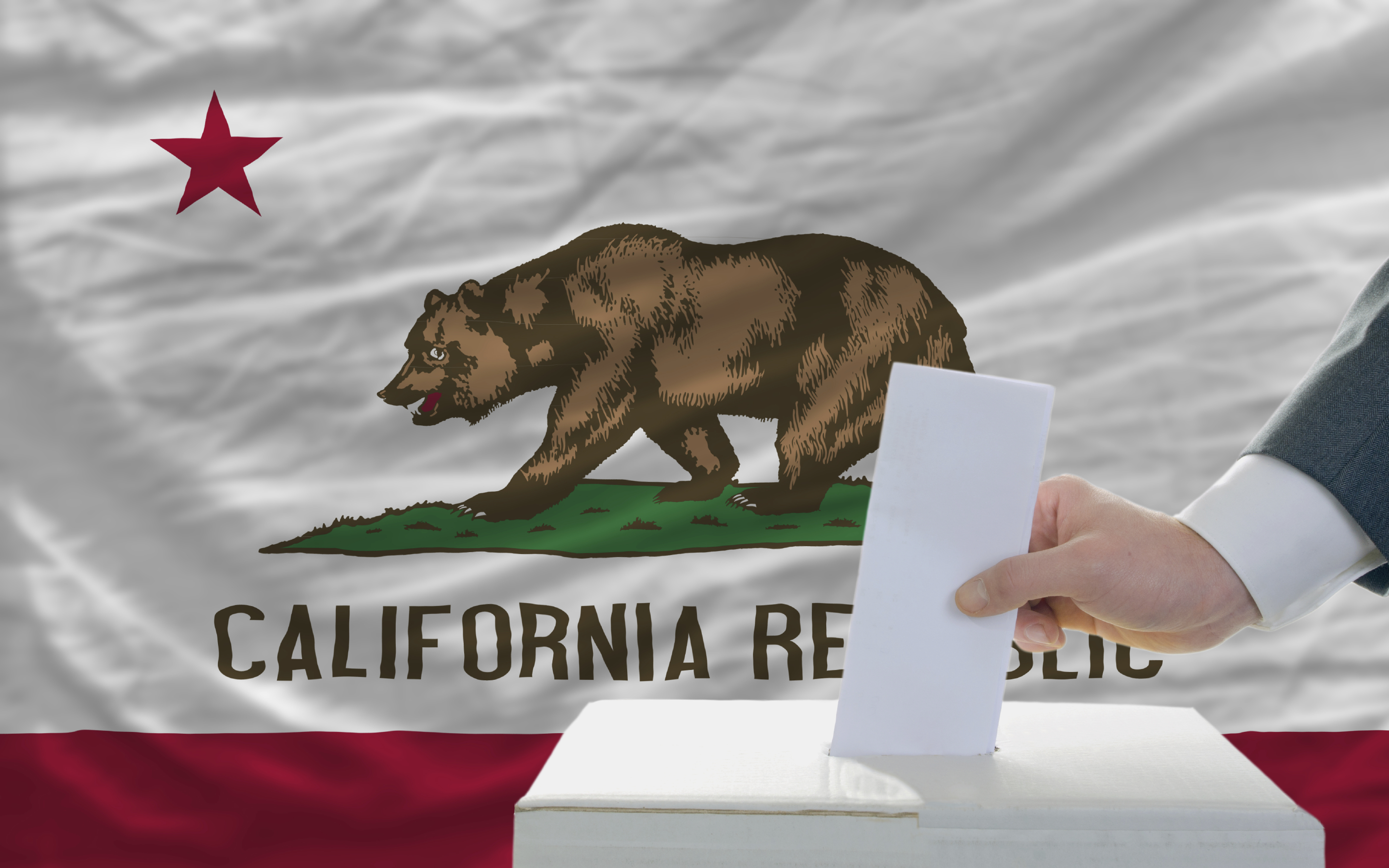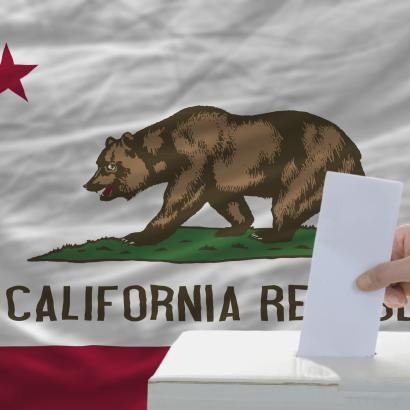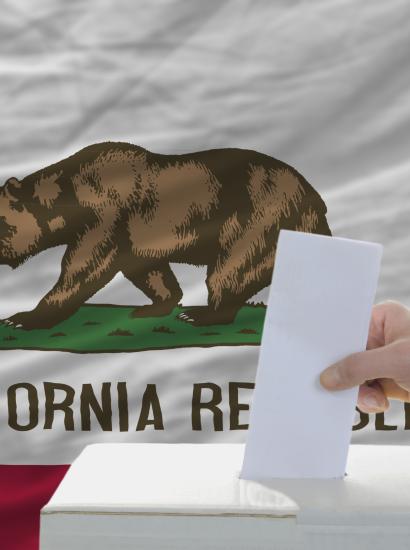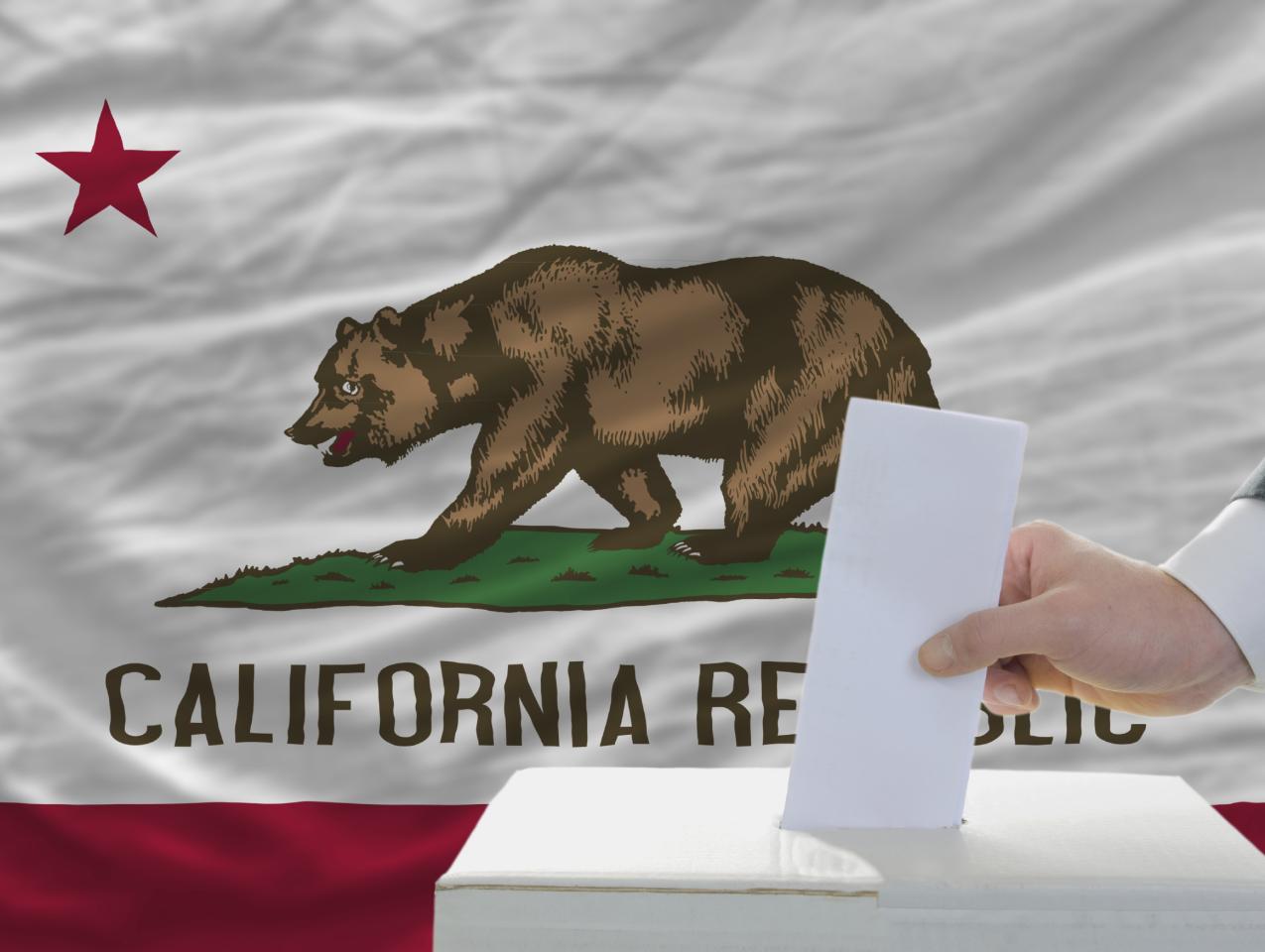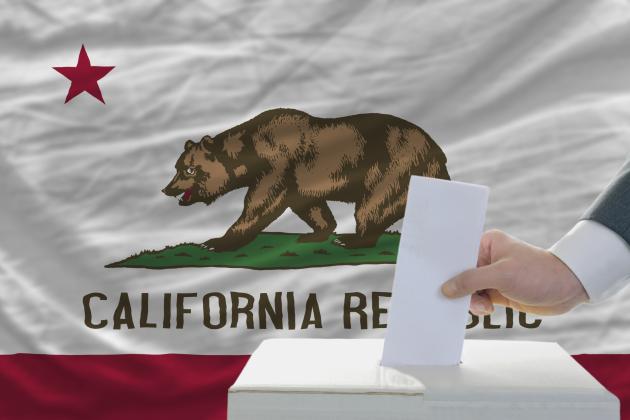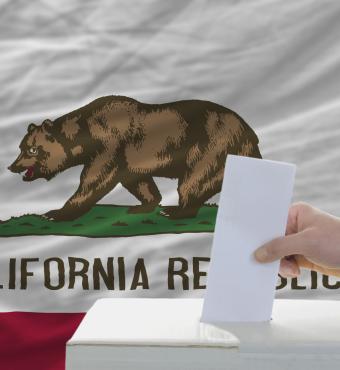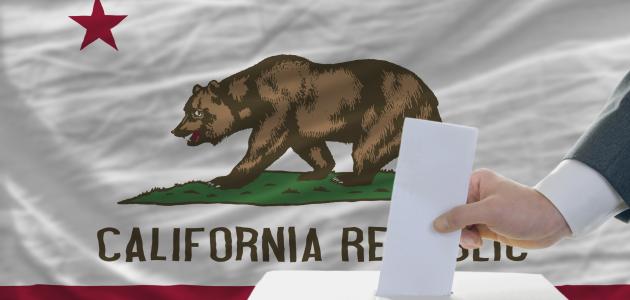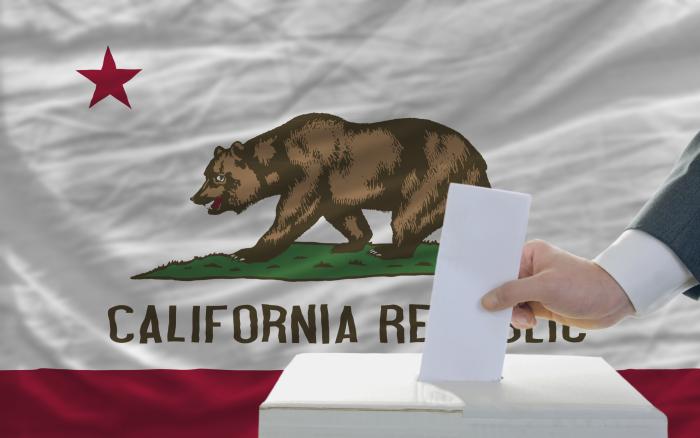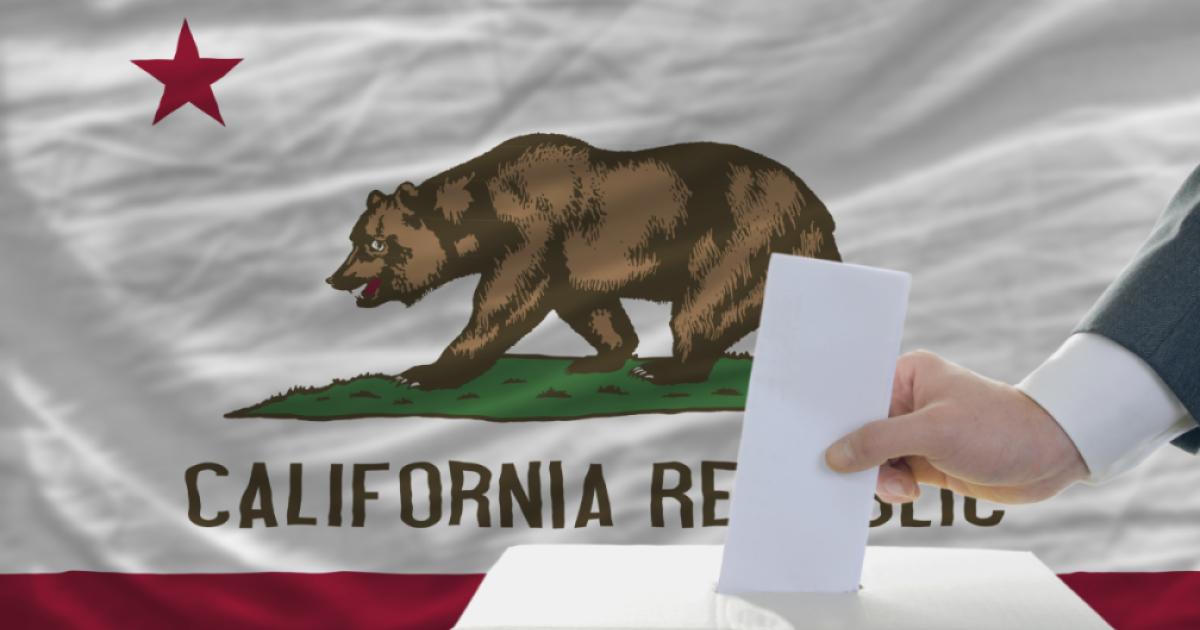- Politics, Institutions, and Public Opinion
- Campaigns & Elections
- State & Local
- California
As we’re now officially within a calendar year of the November 2022 election, why not take an early peek at a few political story lines that will unfold in California in the months ahead?
Un-recalled . . . Unbeatable? There are constant seismic disturbances across the Golden State, but the notion of Governor Gavin Newsom failing to earn a second term next November would constitute a political earthquake of unfathomable proportions.
Why such bombast? Let’s start with past gubernatorial elections. While two California governors have been dismissed by voters within the past 55 years, both incumbents were in their second terms (this would be Gray Davis’s recall in October 2003—a year after he was re-elected—and Pat Brown’s failing to earn a third term in November 1966 thanks to a first-time candidate by the name of Ronald Reagan).
Not since 1942 has a first-term California governor been denied a second term (the answer to that trivia question: the long-forgotten Culbert Olson, a political anomaly in that he was the first Democrat to run California in four decades). Don’t expect an 80-year reoccurrence—or so last month’s recall vote suggests. A quick glance at the September 14 turnout shows blue counties growing bluer (Newsom receiving more support than he did in his 2018 gubernatorial run), while red counties became more carmine. The most populous county to vote in favor of Newsom’s recall was Riverside. While it’s the Golden State’s fourth-largest county, it’s home to only one-sixteenth of California’s 24.8 million eligible voters and is just one-fourth the size of Democratic-friendly Los Angeles County and its 6 million eligible voters.
But wait a second, you might interject: there is at least one past example of anti-Democratic sentiment in California in a midterm “wave” election. That would be 1994, when the voter-registration gap favoring Democrats over Republicans was 12%, as opposed to the current 22.5% divide. Good luck with history repeating itself.
Expect Newsom to run a vigorous re-election effort, but don’t be shocked if he ends up spending less time talking about his opponent and focuses instead on ballot initiatives or a possible job change (more on both in a moment).
Heirs Apparent? One other way to look at California’s November 2022 results: as a prelude to November 2026 and an open gubernatorial seat, assuming Newsom hasn’t left office by then. No, not another recall election but the outside chance that he might run for the US Senate in 2024, assuming Dianne Feinstein is stepping down from the post she was first elected to in 1992 (Feinstein would be 91 years old by Election Day 2026, thus the speculation that this is her last term).
The two offices to watch are those of lieutenant governor and state attorney general. Why? Because of recent political history: four of California’s last six governors held one of those two jobs prior to becoming the Golden State’s chief executive (George Deukmejian and Jerry Brown were attorneys general; Davis and Newsom were lieutenant governors).
The other reason to watch at least one of these races in 2022: as a test of California’s political trade winds.
Appointed California’s “top cop” by Newsom last year, when Xavier Becerra vacated the Sacramento post to become the federal secretary of Health and Human Services, Democrat Rob Bonta’s campaign likely will be long on woke triggering, with hate crimes, which Bonta has deemed to be a “crisis” in California, a favorite topic (though lately he’s taken up drug control, including marijuana harvesting’s effect on the climate).
That said, it’s not the best of times to be a “top cop” in California. Two associates of Bonta’s —San Francisco and Los Angeles district attorneys Chesa Boudin and George Gascón—find themselves the subjects of recall campaigns for perceived lax approaches to law enforcement (a San Francisco special election seems likely for next year—more so than in Los Angeles, where a second recall is under way after the first one fizzled).
Thanks to the aforementioned Democratic edge in available voters, Bonta should secure a four-year term. But given the potency of crime as a topic of voter frustration in California, it could complicate his next move up the political ladder, assuming he attempts to do so in 2026.
Order in the House? For the first time in state history, California will have one fewer congressional district once the redistricting process is complete. How many of those 51 House seats will be competitive? An early guess: perhaps as many as seven.
In 2020, and despite the drag of Donald Trump at the top of the ballot (he received only 34.3% of the statewide vote last November), Republicans managed to flip four congressional seats held by Democrats after 2018’s anti-Trump referendum—not since 1994 had a Democratic House incumbent been ousted by a Republican challenger.
All four of those contests—one in the Central Valley, the other three in Los Angeles and Orange Counties—were won a difference of 2.2% or less (in California’s 25th Congressional District, Republican Mike Garcia won by 333 votes out of nearly 339,000 ballots cast).
Why this matters: as Democrats hold only 222 seats in the US House going into next year’s election (that includes currently occupied and vacant seats that went to Democrats in 2018), Republicans need a net gain of five seats to take back the chamber. Thus California takes on added value as the rare opportunity for the incumbent party to go on the offensive—i.e., reclaim seats in a deep-blue state.
Add the drama of two Californians at the top of their respective House caucuses, Speaker Nancy Pelosi and Minority Leader Kevin McCarthy, making those competitive districts a matter of personal pride, and you may hear two political terms rarely deployed in California political circles: “battleground” and “bellwether.”
Tim (and Don) Draper. It wouldn’t be a California statewide election without at least one juicy initiative, and 2022 seems no exception to the rule—that is, if the billionaire investor Tim Draper goes through with his measure to eliminate government unions in the Golden State (Draper has until April 11 to collect 997,139 verifiable signatures).
Draper is something of a “mad monk” in California initiative circles. In 2000, he went to the ballot with a measure that proposed $4,000 vouchers for California schoolkids looking to switch to private learning institutions (it received less than 30% support). Over the past decade, he’s looked into breaking California into six or three parts (neither measure making it to the ballot).
Such a concept—eliminating collective bargaining for public-employee unions—strikes at the heart of the power structure in Sacramento, as unions use their members’ annual dues to wield influence over lawmakers. As such, Draper already has been dinged by Bonta, whose offices writes titles and summaries for ballot measures. His initiative currently reads: “Eliminates collective bargaining for teachers, police officers, nurses, firefighters, and other public employees.” In 2000, Draper didn’t fare any fare better with a different attorney general, his school-choice initiative given this title: “State-funded private and religious education.”
Less subtle will be the union pushback should Draper’s measure qualify for the ballot. Back in 2000, the California Teachers Association devoted $21 million to defeating vouchers. In California’s 2005 special election, featuring an initiative delaying public-school teachers’ tenure, CTA spent over $50 million to defeat that notion (Proposition 74 receiving only 44.8% support). CTA financed that opposition effort in part by refinancing its headquarters and raising union dues.
Could Tim Draper match unions dollar for dollar? With an estimated wealth of $1.5 billion, one assumes he could. But does the investor have a little Don Draper within him—like the Mad Men protagonist, a skill for messaging and sloganeering?
What that means for Tim Draper, should he find himself in an initiative slugfest: how to get around the sentimental attachment voters have for educators and firefighters and nurses (you’ll note the AG didn’t add “bureaucrats” to the initiative characterization). That, and being cast as a villain.
The real (not fictional) Draper might want to watch episode two of Mad Men’s third season and this pearl of wisdom from the star of the show: “If you don’t like what’s being said, change the conversation.”
If only California elections were that simple . . .
Again, let’s see how that plays out next year.







